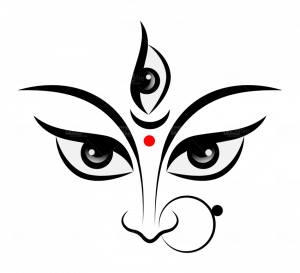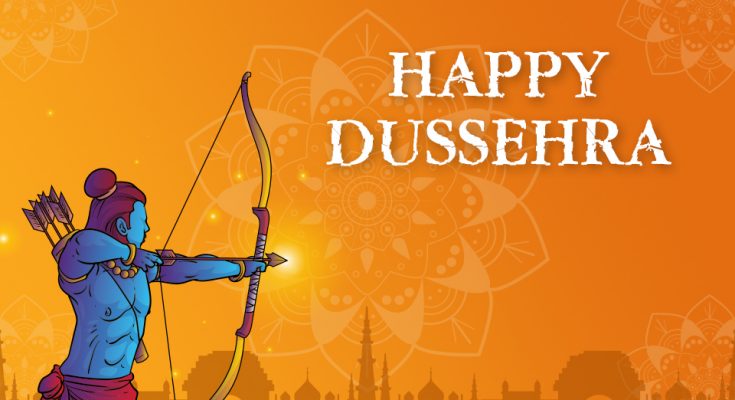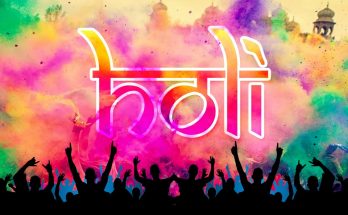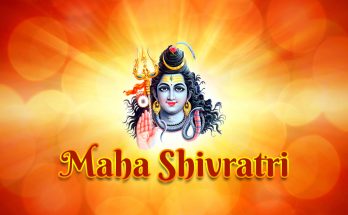Dussehra
Dussehra is a Hindu festival that symbolizes the good on earth. Dussehra is celebrated after the nine pious days of Navratri on the tenth day of lunar month Ashwin. Dussehra is the combination of the words Dasa and Hara, which means removing ten heads. The name owes itself to the beheading of the ten-headed Ravana by Lord Rama. It is during the Aparahana Kaal that the rituals of Dussehra will be performed on 25th October 2020, afternoon between 07:41 am and 09:00 am.
Vijayadashami on Sunday, October 25, 2020
Dashami Tithi Begins – 07:41 AM on Oct 25, 2020
Dashami Tithi Ends – 09:00 AM on Oct 26, 2020
Shravana Nakshatra Begins – 01:28 AM on Oct 24, 2020
Shravana Nakshatra Ends – 02:38 AM on Oct 25, 2020
Many mythological legends are linked with Dussehra. It is said that Lord Vishnu took his seventh incarnation as Lord Rama in Treta Yuga. It is also believed that Lord Rama the son of King Dasaratha was born to end the evil life of Ravana.
Dussehra is celebrated across India, though with different names, for instance, Vijayadasami (Vijay means Victory and Dasami means the Tenth day). Victory over evil it is related to Lord Rama killing Ravana (the Asura king), who abducted his wife Sita.
As mentioned above, the story of Lord Rama has an added symbolic connection with Dussehra festival in the northern part of India. This association is represented in the form of Rama-Lila celebration; a play influenced by Tulsidas scripted ‘Rama Charita Manas.
Similarly, Navratri and Dussehra are associated with two symbolic rituals; the early worship of goddess Durga and the later the victory of Lord Rama over Ravana. Both these background forms the basis of Dussehra in different parts of India. The story of Rama finds prominence in the northern Hindi-speaking belt of India. The eastern and southern part of India, the worship of Goddess Durga predominates. In some parts of Gujarat and Maharashtra both, the symbolic tradition is celebrated.
Dussehra represents victory over evil, on the eve of Lord Rama killing Ravana and Goddess Durga killing Mahishasura, the Asura king. According to Hindu mythology, both Goddess Durga and Lord Rama maintained the rule of righteousness (Good over Evil). Hence all the other rituals, such as the worshiping weapons and tools, are similar to those in areas where Durga is worshiped. The only difference is that instead of rituals and stories of goddess Durga, the story of Rama is acted out in the pageantry of Rama-Lila in North India.
 Looking at the complex rituals mentioned in the scriptures for the worship of goddess Durga, and the many royal and tribal aspects of the Navratri and Dussehra, it becomes apparent that it is a major cult. In spite of changing the social environment and cultural values, it is still celebrated with devotion. Perhaps people still believe in the words of Devi Mahatmyam by goddess Durga- “Comes the month of Autumn and the time of my great worship, whoever abides in me with devotion is blessed, and all obstacles removed and grants all desires.”
Looking at the complex rituals mentioned in the scriptures for the worship of goddess Durga, and the many royal and tribal aspects of the Navratri and Dussehra, it becomes apparent that it is a major cult. In spite of changing the social environment and cultural values, it is still celebrated with devotion. Perhaps people still believe in the words of Devi Mahatmyam by goddess Durga- “Comes the month of Autumn and the time of my great worship, whoever abides in me with devotion is blessed, and all obstacles removed and grants all desires.”
Dussehra in Kerala is celebrated differently; here the believers worship Saraswati, the Goddess of Knowledge. Dussehra is known as Vijayadashami; the day is considered to be auspicious for Vidyarambham. ‘Vidya’ means knowledge and ‘aarambham’ means beginning. On Vidhyarambham, they visit Hindu temple to introduce their kids to the world of learning with the blessing of Goddess Saraswati. It is considered to be an auspicious day, and it is believed that if you start any new venture it will bring success. Hence, anything you initiate like; buying or building a new house or starting a new business will bring prosperity. People also buy new vehicles and perform pooja (rituals). Houses and business establishments are decorated with floral gateways to mark this auspicious beginning.
There are many stories related to the festival Dussehra, and all stories convey the same, the message of peace and love. The festival is a reminder that if people keep this meaningful message in mind they will lead a life of peace and harmony. In India, some of these festivals are not restricted to a particular community or religion; it is celebrated by all Indians. The spirit of brotherhood and unity in diversity is seen during festival seasons.










5 Comments on “Dussehra (Vijaya Dashami), a celebration of the Good over Evil”